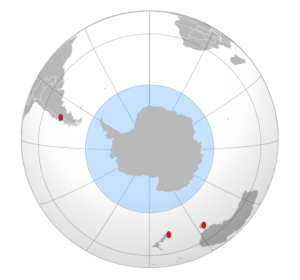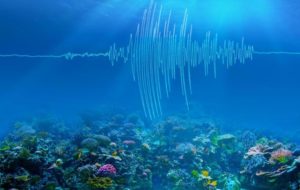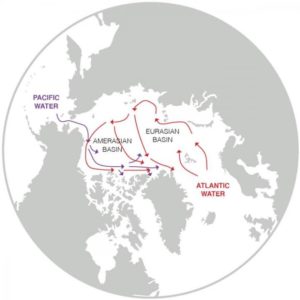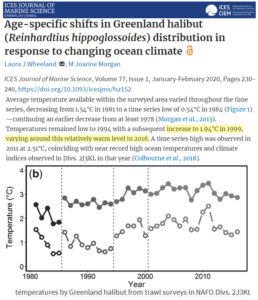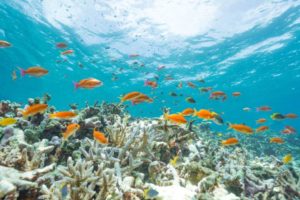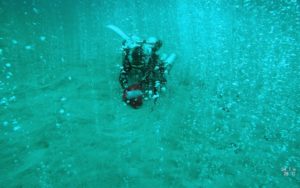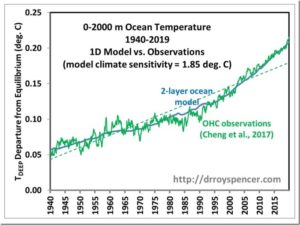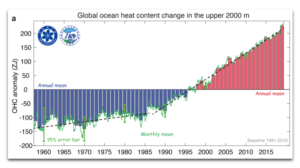by J. Steele, Feb 14, 2024 in WUWT
The Arctic Ocean was nick-named the “upside down Ocean” by Fridtjof Nansen. Nansen was a famous Norwegian zoologists, oceanographer, and Arctic explorer as well as winner of the 1922 Nobel Peace Prize. During his failed expedition to reach the North Pole, his boat, the Fram, got frozen in Arctic sea ice but eventually was exported by Arctic currents, along with Arctic sea ice, into the Atlantic through what is now named the Fram Strait.
Nansen named the Arctic Ocean the “upside down ocean” because contrary to other oceans, the surface waters are the coldest, while between 100 and 900-meters depths the ocean is warmer due to inflows and storage of warm salty Atlantic waters. Sea ice cover prevents the ventilation of that stored heat. However, increases in open water allows more heat ventilation which has raised Arctic air temperatures 2 to 7 times faster than the global average. Open waters have been increasing due to changes in wind direction and currents. Open water is not proof of melting.

NASA estimates that globally added CO2 has increased downward infrared and added “a little over 0.8 Watts per square meter” of energy which their Just So stories claim melted sea ice. But researchers (e.g. Kim 2019) have reported that over open water more winter heat, about 2 Watts per meter squared, is being ventilated heat away more than absorbed. That suggests radiative cooling!
…

